The customs duty for steel under CBAM is expected to start at 6% in 2026 and rise to 21% by 2034. Similarly, a similar tax increase is forecasted for aluminum, starting at 3% and potentially reaching 7% by 2034. This development could make it challenging for China to export steel and aluminum to the EU.
CBAM aims to provide equal conditions for domestic producers. Increasing taxes on carbon-intensive goods aims to protect EU producers while reducing the competitive advantage of countries like China without carbon pricing mechanisms. China is expected to be the most affected by CBAM since its steel and aluminum exports are heavily focused on the EU. Particularly noteworthy is China's steel exports under CBAM in 2022, amounting to approximately $14.6 billion, which increases China's exposure to this tax.
The foundation of CBAM lies in the EU's goal of achieving net-zero carbon emissions by 2050, intending to balance China's own carbon taxation policies in its emission-intensive sectors. However, it may not perfectly offset China's taxation policies.
China's exports under CBAM in 2022 consisted of approximately $14.6 billion worth of steel, accounting for 8% of the sector's total, while aluminum made up about $5.5 billion or 14% of exports.


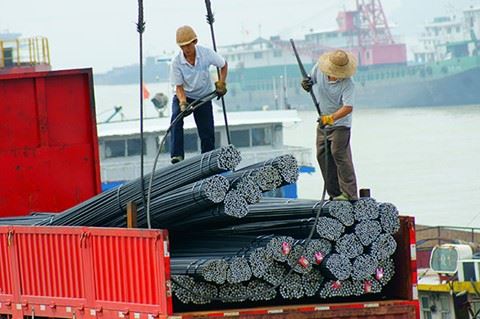
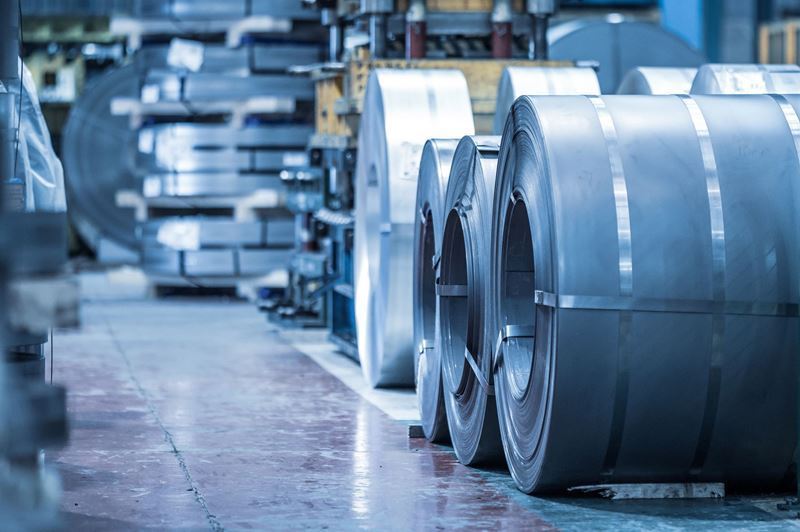

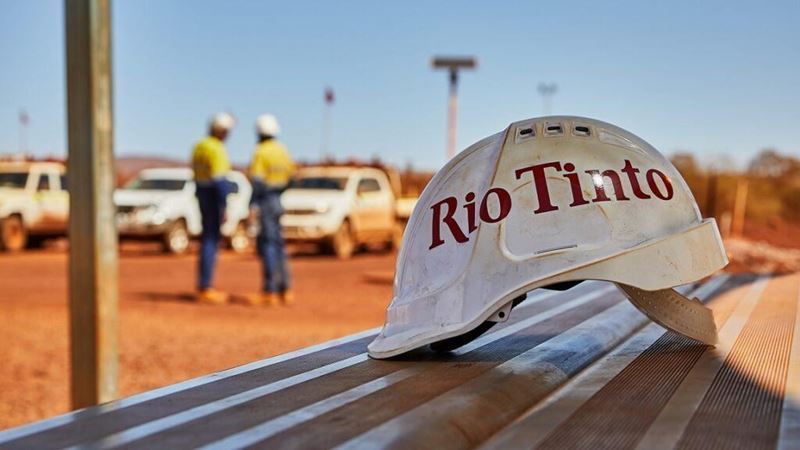
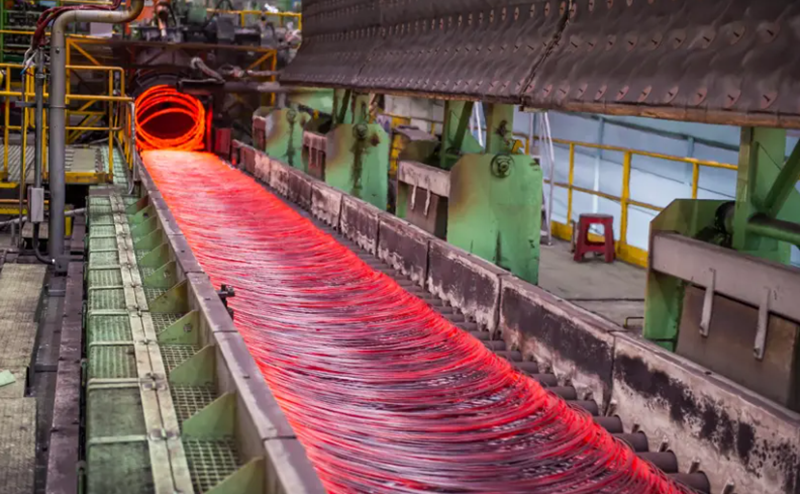
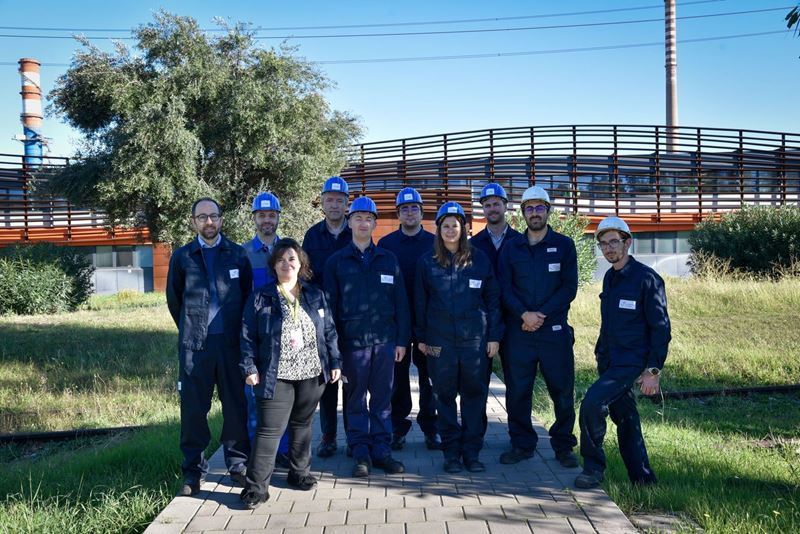

Comments
No comment yet.